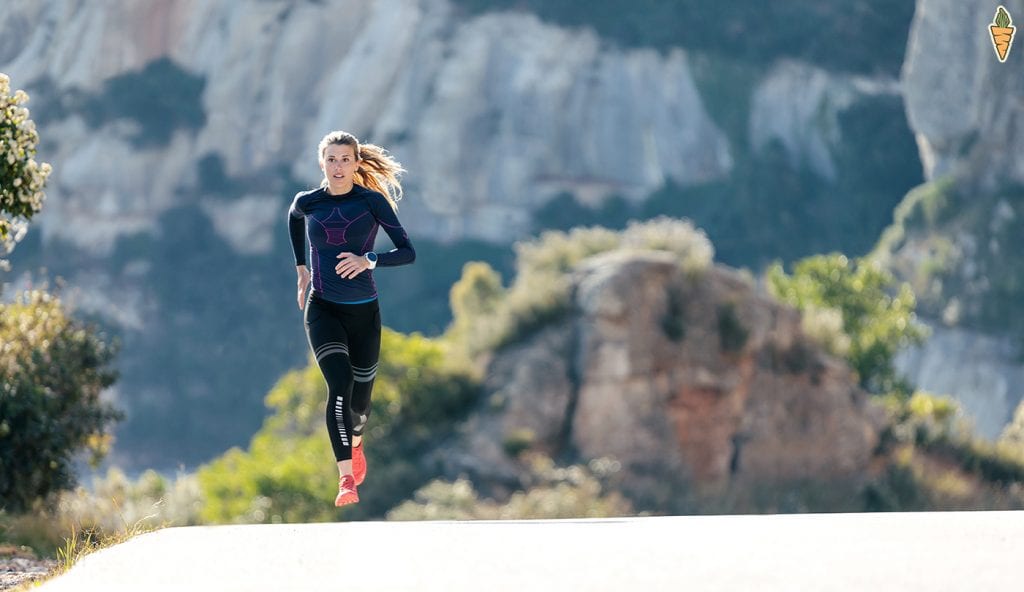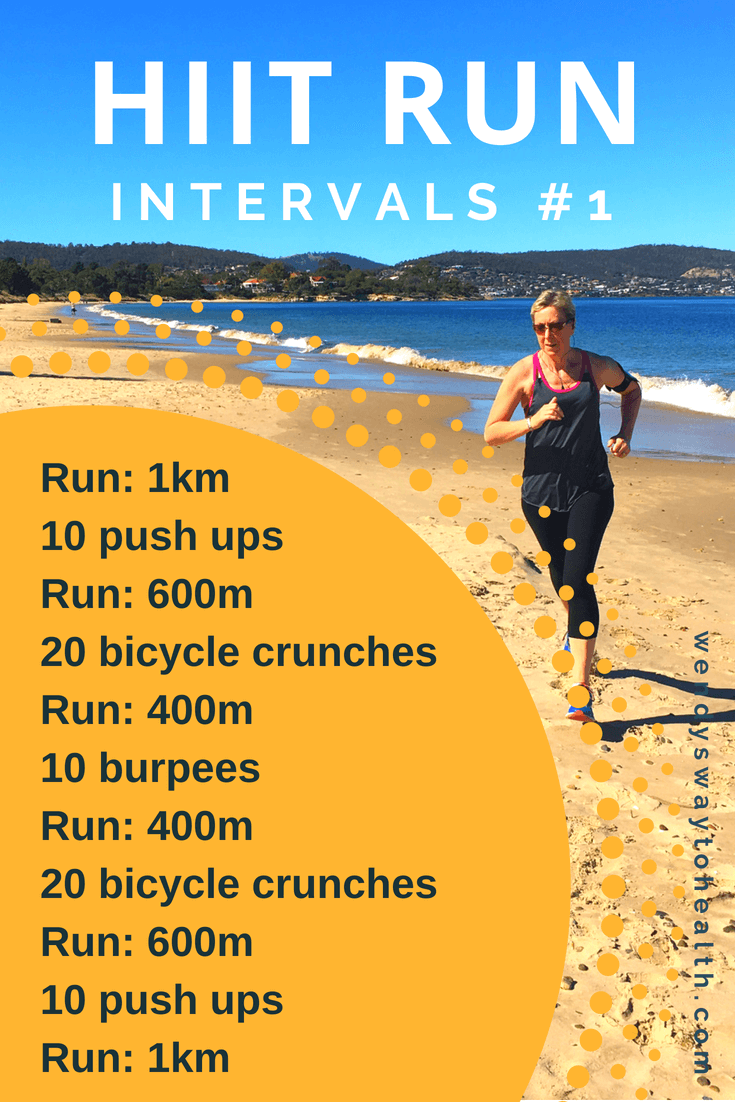Control Your Runs: Proven Strategies for Reliable Running Workout
Control Your Runs: Proven Strategies for Reliable Running Workout
Blog Article
Taking Care Of Typical Running Pains: Reasons, Solutions, and Prevention
As runners, we usually come across various discomforts that can hinder our efficiency and satisfaction of this physical activity. By discovering the origin reasons for these operating pains, we can reveal targeted solutions and preventative measures to make sure a smoother and a lot more fulfilling running experience.
Typical Running Discomfort: Shin Splints
Shin splints, an usual running discomfort, often result from overuse or improper shoes during physical activity. The recurring tension on the shinbone and the tissues affixing the muscular tissues to the bone leads to inflammation and pain.
To protect against shin splints, individuals must slowly enhance the strength of their exercises, wear ideal shoes with proper arch assistance, and keep versatility and strength in the muscular tissues surrounding the shin. If shin splints do take place, preliminary treatment includes rest, ice, compression, and altitude (RICE) Furthermore, incorporating low-impact tasks like swimming or cycling can assist maintain cardiovascular fitness while permitting the shins to heal. Persistent or serious instances may call for medical examination and physical therapy for efficient management.
Typical Running Discomfort: IT Band Disorder
In enhancement to shin splints, another common running discomfort that professional athletes typically encounter is IT Band Syndrome, a condition triggered by swelling of the iliotibial band that leaves the external upper leg and knee. IT Band Disorder generally materializes as discomfort outside of the knee, specifically throughout tasks like running or biking. The iliotibial band is a thick band of fascia that attaches the aware of the shin, and when it becomes irritated or tight, it can scrub against the thigh bone, resulting in discomfort and pain.
Runners experiencing IT Band Syndrome may observe a stinging or aching sensation on the outer knee, which can intensify with continued task. Aspects such as overuse, muscle imbalances, improper running kind, or poor workout can add to the advancement of this condition. To stop and relieve IT Band Disorder, joggers must concentrate on extending and reinforcing workouts for the hips and upper legs, appropriate shoes, progressive training development, and resolving any type of biomechanical problems that might be intensifying the trouble. Overlooking the signs and symptoms of IT Band Disorder can result in persistent issues and extended healing times, emphasizing the importance of very early treatment and appropriate management approaches.
Common Running Discomfort: Plantar Fasciitis

Plantar Fasciitis can be credited to numerous factors such as overtraining, improper shoes, running on hard surfaces, or having high arches or level feet. To avoid and reduce Plantar Fasciitis, runners can incorporate extending exercises for the calf bones and plantar fascia, put on encouraging shoes, preserve a healthy and balanced weight to minimize stress on the feet, and slowly increase running intensity to stay clear of abrupt stress and anxiety on the plantar fascia. If signs and symptoms linger, it is suggested to seek advice from a health care expert for proper medical diagnosis and therapy choices to deal with the condition effectively.
Usual Running Discomfort: Runner's Knee
After resolving the challenges of Plantar Fasciitis, one more common problem that joggers usually face is Runner's Knee, a typical running pain that can prevent sports efficiency and create pain throughout physical task. Jogger's Knee, additionally recognized as patellofemoral discomfort disorder, materializes as pain around or behind the kneecap. Runners experiencing this pain may feel a boring, aching pain while running, going up or down stairways, or after prolonged periods of sitting.
Common Running Pain: Achilles Tendonitis
Typically afflicting runners, Achilles Tendonitis is an excruciating problem that influences the Achilles tendon, triggering discomfort and potential limitations in exercise. The Achilles ligament is a thick band of cells that links the calf muscles to the heel bone, essential for tasks like running, leaping, and walking - check here. Achilles Tendonitis often develops as a result of overuse, inappropriate shoes, insufficient stretching, or unexpected rises in pop over to these guys physical task
Signs of Achilles Tendonitis consist of pain and tightness along the tendon, specifically in the morning or after durations of inactivity, swelling that gets worse with activity, and potentially bone spurs in chronic cases. To stop Achilles Tendonitis, it is necessary to stretch appropriately before and after running, put on ideal footwear with correct support, slowly raise the strength of exercise, and cross-train to reduce repetitive tension on the tendon. Treatment might include rest, ice, compression, altitude (RICE method), physical therapy, orthotics, and in serious situations, surgical procedure. Early treatment and correct care are critical for handling Achilles Tendonitis effectively and protecting against long-term difficulties.
Conclusion

Report this page